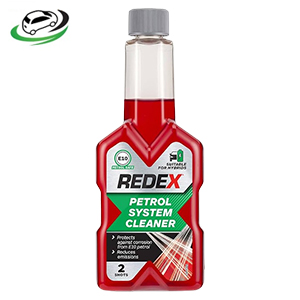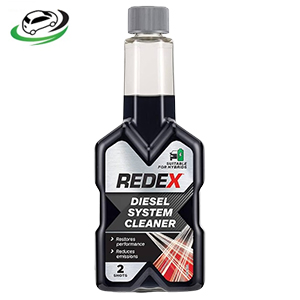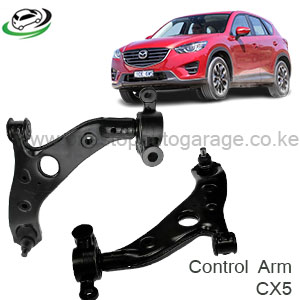-5%
Complete Control arm MAZDA CX5 RH/LH NAIROBI KENYA.
Control arms play a crucial role in the suspension system of a vehicle, serving as a critical link between the chassis and the wheels. They are typically found in both the front and rear suspension systems of cars, trucks, and SUVs. Understanding their functions and recognizing signs of wear is essential for maintaining vehicle safety and performance.
Functions of Control Arms:
- Suspension Attachment: Control arms serve as attachment points for the suspension components, such as the coil spring and shock absorber. They connect the wheel hub and steering knuckle to the vehicle’s frame or body.
- Support and Stability: Control arms provide structural support and stability to the suspension system, especially during cornering, braking, and acceleration. They help in maintaining proper wheel alignment and handling characteristics.
- Wheel Movement Control: Control arms control the movement of the wheels, allowing them to move up and down over bumps and irregularities in the road surface while minimizing excessive vertical and lateral movement.
- Impact Absorption: They absorb and distribute the forces generated by road irregularities, potholes, and bumps, reducing the transmission of vibrations and shocks to the vehicle’s occupants.
- Alignment Adjustment: Some control arms are equipped with adjustable features that allow for fine-tuning of the vehicle’s wheel alignment. This helps in achieving optimal tire wear and handling performance.
Signs of Worn Control Arms:
- Uneven Tire Wear: Worn control arms can lead to uneven tire wear, especially on the inner or outer edges of the tires. This occurs due to improper wheel alignment caused by faulty control arm bushings or ball joints.
- Vibration and Steering Instability: Excessive vibration felt through the steering wheel or chassis, particularly during acceleration, braking, or cornering, may indicate worn control arm bushings or ball joints.
- Knocking or Clunking Sounds: Worn ball joints or bushings can cause knocking or clunking noises when driving over bumps or rough roads. This noise may become more pronounced as the wear progresses.
- Loose Steering Response: A loose or imprecise steering feel, accompanied by a tendency for the vehicle to wander or drift, can be a sign of worn control arm bushings or ball joints, affecting the vehicle’s handling and stability.
- Visible Damage or Corrosion: Inspect the control arms visually for signs of damage, such as cracks, bends, or corrosion. These structural defects can compromise the integrity of the control arms and should be addressed promptly.
- Abnormal Tire Movement: Excessive play or movement in the wheels, particularly when pushing or pulling on the tire, indicates worn ball joints or bushings, leading to poor wheel control and alignment.
- Tire Alignment Issues: Persistent alignment problems, such as a tendency for the vehicle to pull to one side or difficulty maintaining straight-line stability, may indicate worn or damaged control arms affecting the wheel alignment.
Maintenance and Replacement:
- Regular Inspection: Include control arms in routine vehicle inspections, checking for signs of wear, damage, or corrosion. Pay attention to symptoms such as noise, vibration, and steering instability.
- Replacement Interval: Control arms typically last for tens of thousands of miles, but their lifespan can vary depending on driving conditions, road quality, and vehicle usage. Refer to the manufacturer’s recommendations for replacement intervals.
- Complete Replacement: When replacing control arms, it’s often recommended to replace the entire assembly, including the bushings and ball joints, to ensure optimal performance and longevity.
- Professional Installation: Control arm replacement can be complex and may require specialized tools and expertise. It’s advisable to have a qualified mechanic or technician perform the replacement to ensure proper installation and alignment.
- Quality Parts: Use high-quality replacement parts from reputable manufacturers to ensure compatibility, durability, and performance. OEM (Original Equipment Manufacturer) or aftermarket equivalents are available for most vehicles.
By understanding the functions of control arms and recognizing signs of wear, vehicle owners can take proactive measures to maintain their suspension systems and ensure safe and reliable driving experiences. Regular inspection, timely maintenance, and professional replacement when necessary are key to preserving the integrity and performance of control arms in cars.



